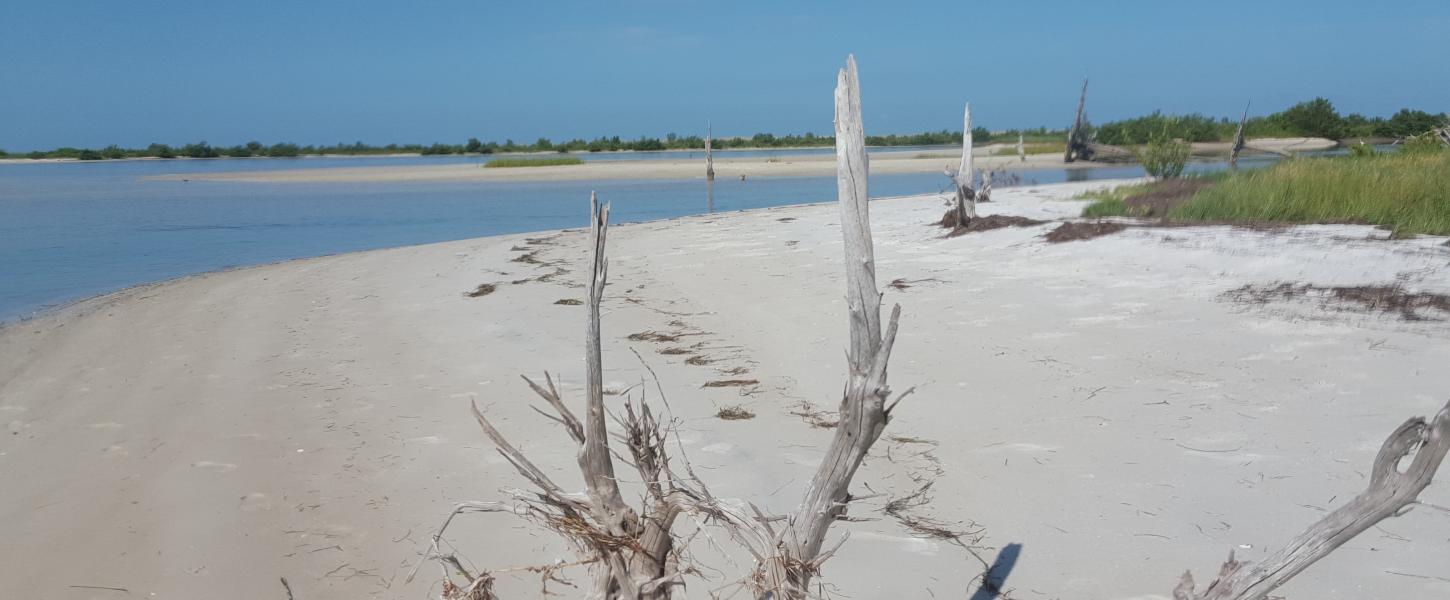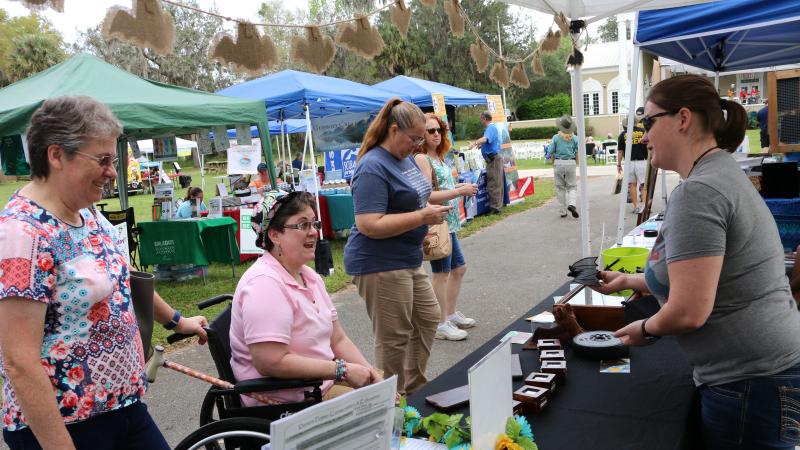Beaches at Anclote Key

With over 7 miles of undeveloped white sand beaches, the park is a critical destination for nesting sea turtles, nesting sea birds, wading birds and shorebirds. At Anclote Key Preserve State Park, the white sand beach is one piece of a puzzle. Other habitats on the small island fit together with beach dunes to form a vibrant and productive coastal ecosystem. Seagrass beds, mangrove swamps and salt marshes all come together to make Anclote Key a great place for humans and wildlife.
The park boundary encompasses over 11,000 acres of submerged land surrounding Anclote Key. This “underwater park” provides seagrass habitat for manatee, bottlenose dolphins, sea turtles, fish and marine invertebrates. The endangered manatee and green sea turtle graze directly on the grass. Seagrass beds are an important source of food for birds that nest on the island, and biologists consider them one of the most productive natural communities in the world.
Patches of mangrove swamps cling to the protected east side of the key. Mangroves are peculiar trees with branching networks of above-ground roots. Their roots hold the shoreline together and they provide nesting and breeding habitat for fish, shellfish and sea turtles. The dense, low canopies that mangroves form is the perfect habitat for birds.
Salt marshes are another distinct piece of the Anclote Key puzzle. The relatively high level of soil salinity in these marshes helps prevent invasive plant species from taking over native grasses and herbs. Native marsh plants have distinctive names that hint at the fact that they are usually found only in salt marshes, including saltmarsh cordgrass, saltmeadow cordgrass, salicornia, saltwort and saltgrass.
Salt marshes are important habitat for fiddler crabs, small burrowing crabs that make a great food source for the birds that can catch them before they tunnel into the marsh muck.
At Anclote Key, each natural community is like a piece of a puzzle. The vibrant ecosystem supports some of Florida’s great wildlife, such as manatees, sea turtles and shorebirds.

